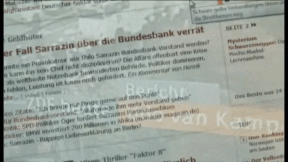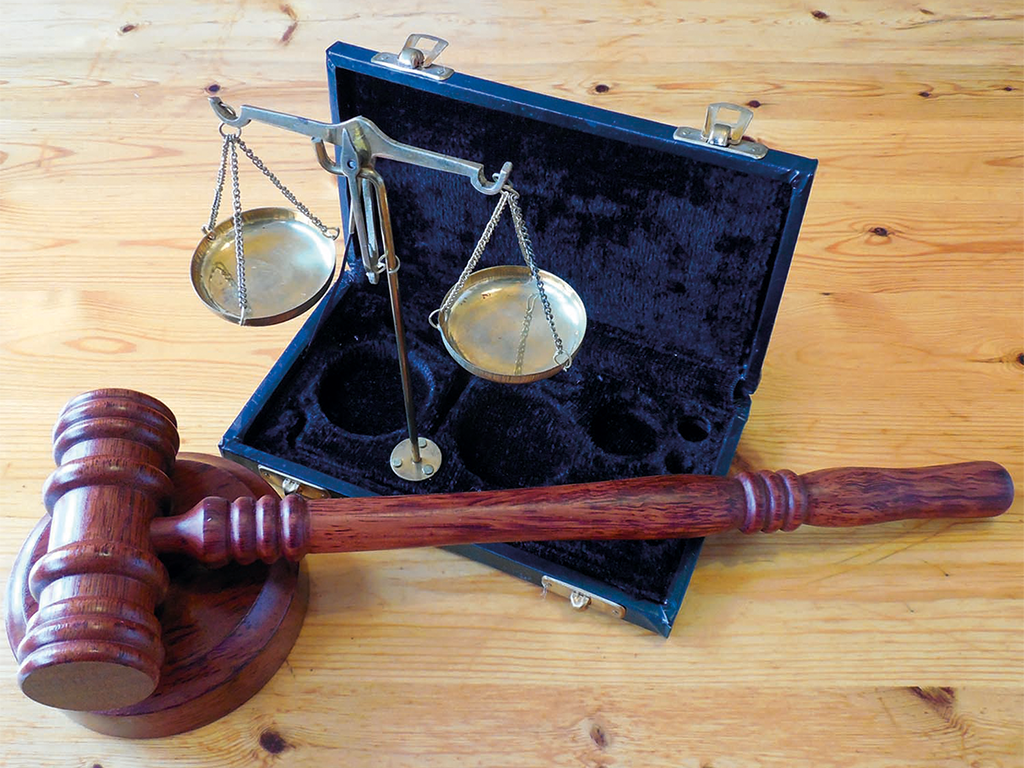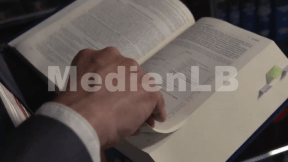 Society
Society
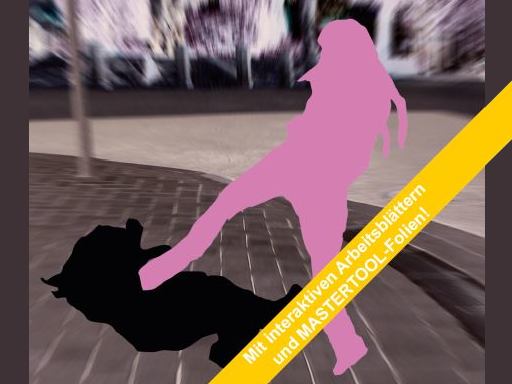
4673641 / 5562331
Schlägermädels
Gewalt unter jungen Frauen
Heutzutage sind die meisten Jugendlichen regelmäßig und bereits sehr früh mit Gewalt konfrontiert. Sei es über die Medien oder durch eigene Erfahrungen, als Täter oder als Opfer, in der Freizeit oder auf dem Pausenhof. Was dabei immer noch viel zu oft übersehen wird: Es schlagen sich keineswegs nur die „Jungs“. In puncto Aggressionspotenzial herrscht unter den Geschlechtern längst Gleichberechtigung.
Der Film greift dieses Thema anhand des Falls der 14-jährigen Gülsüm auf und soll die Schülerinnen und Schüler für die Probleme sensibilisieren, die hinter den Gewaltausbrüchen Jugendlicher stecken. Die Motive, aus denen Mädchen gewalttätig werden, unterscheiden sich nicht wesentlich von denen der Jungen. Meist geht es den Täterinnen um Status – den sie sonst nicht haben. Darum, von eigener Schwäche abzulenken und Macht über andere auszuüben.
Außerdem wird der Fall auch aus behördlicher und strafrechtlicher Sicht beleuchtet.
Gemeinsam mit dem umfangreichen Unterrichtsmaterial (klassische und interaktive Arbeitsblätter, Testaufgaben, Lehrtexte etc.) ist der Film sehr gut für den Einsatz im Unterricht geeignet.
Play trailer
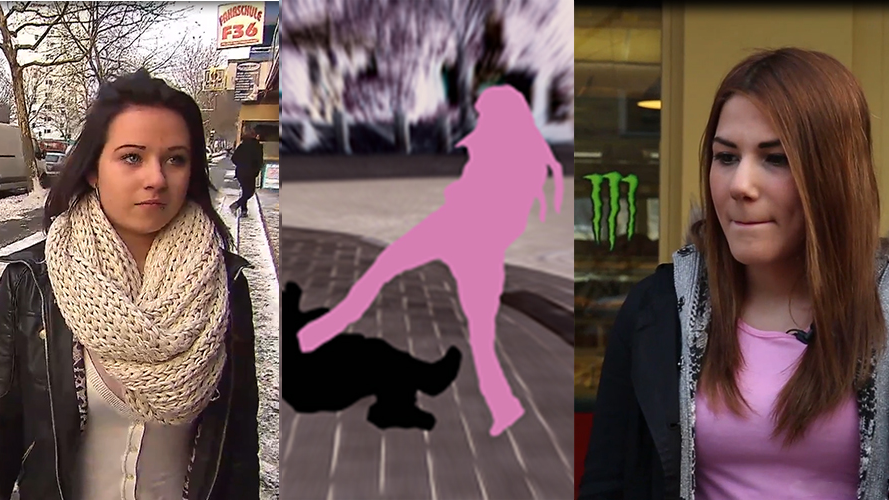
Curriculum-centred and oriented towards educational standards
Matching
The Daily Newspaper
Every day, there is a surge of news reaching us via different news channels. In spite of TV and Internet, the daily paper still is one of the most important main sources of news. But how is a newspaper created? The film shows the production of a paper in the course of one day. Starting with the editorial meeting in the morning, in which the topics and deadlines are determined, the film accompanies a journalist during her research work. You can see how a journalistic interview is conducted and what the photographer must consider when taking a press photo. Back in the editorial office, the editor’s work is illustrated, which includes the page layout and the writing of an online article in today’s time. Impressive pictures from the printing centre depict the process from the digital page to the finished newspaper. Together with the comprehensive accompanying material, the DVD is perfectly suited for use at school
Air Traffic
Being able to fly has been a dream of humanity from time immemorial. But it does not even date back a century that people actually started being able to travel through the air. Since the 1960s, the number of flight passengers has been constantly increasing. Thus, the airspace is no longer dominated by birds but by man-made flying objects.





